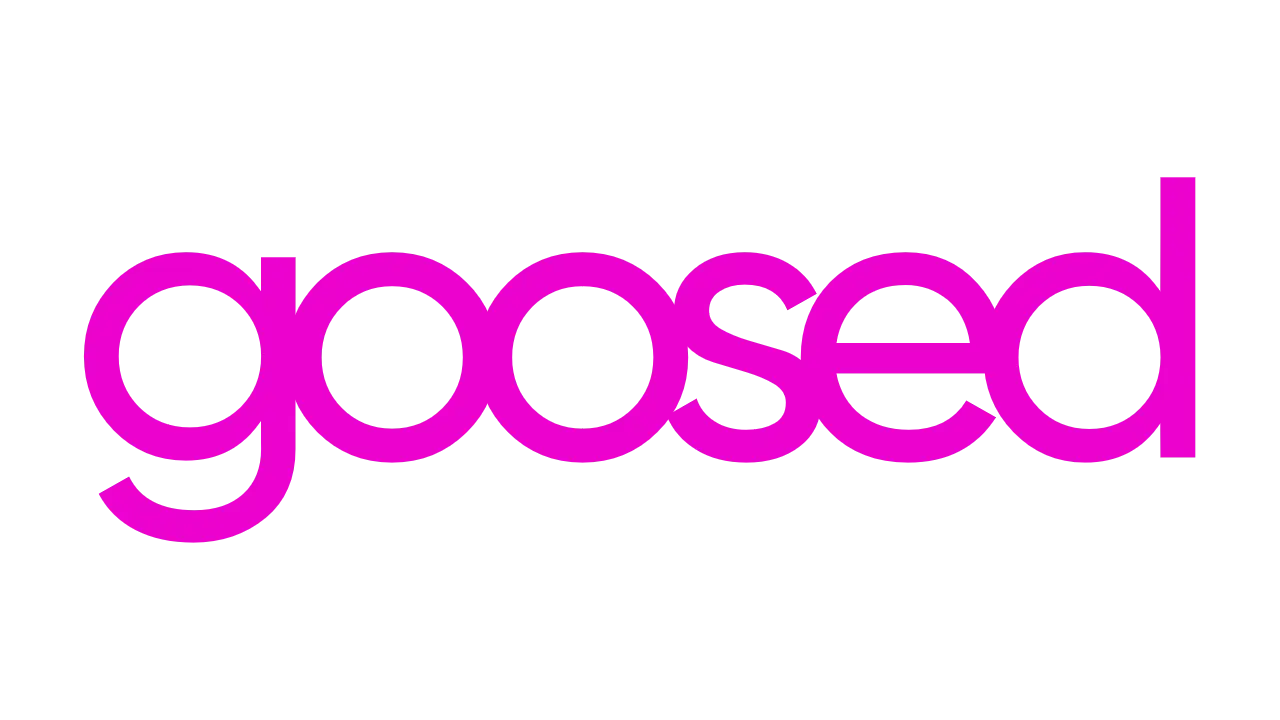Have you found yourself noticing more and more how often you have contact with strangers? Even remembering some things that we used to do that probably won’t happen anymore? For me, one of those things is buying items on websites like Adverts.ie. That’s going to change forever and today PayPal announced a new contactless way to pay in person to save you handing cash to sellers
The Problem With Marketplace Sites
There’s been a surprising increase in people showing interest in buying and selling privately. With many stores closed, people still want some bits and buying from others keeps cash flow going if you’re stuck. Take Adverts.ie for example. Interest in that site has been growing over the past 90 days. Officially, the site encourages delayed safe transactions with others, but there’s nothing stopping people arranging sales right now or for the past few weeks.
Adverts.ie is encouraging people to report ads they believe not to be complying with Government guidelines, and I second that. But once we start getting back to normal, we’ll all start buying on sites like this again, so how will we pay strangers? One of the most popular ways to pay on Adverts.ie is PayPal.
PayPal Benefits
PayPal has some big benefits over just using something like a bank transfer with Revolut or something similar (don’t do that by the way).
Peace Of Mind
The core benefit of using PayPal is the comeback you have on a dodgy purchase. Because you’re using a third party, you have someone to give out to. When you get caught with a bogus sale, you can open a dispute with PayPal who still have access to the money you sent to the seller. So there’s some peace of mind.
Contactless QR Code Payments
PayPal today launched QR Code payments in Ireland, promoting contactless ways to pay others in-person. Whether your paying in your local takeaway or buying second-hand goods, PayPal QR Codes let you quickly scan and transfer money to other people and businesses. QR codes are a very popular way to pay in Asia and offer an alternative to tapping your phone or cards on a card machine. It’s another indicator that trends, popular in Asia, may begin to appear here. First, it was facemasks and now, maybe, QR code payments.
QR code payments works both for retailers and for private sellers. PayPal’s John Kunze explained that “the rollout of QR codes for buyers and sellers not only incorporates the safety, security and convenience of using PayPal in-person, but also takes into consideration ongoing social distancing requirements, even as we start to see some restrictions be lifted around the world.”
How PayPal QR Codes Work
PayPal QR Code payments all lean on the PayPal app. Take your local farmers market for example. Someone who casually sales produce can print a QR code, place it on their table and have their consumers simply scan, enter the amount they’re paying and send money immediately.
PayPal QR Codes: For Sellers, Shops And Farmer’s Markets
This is great for independent business-people regardless of the fact it also has the benefit of minimising physical interactions with the customer. Also, there’s no passing of cash, handing of change or tapping of cards or phones on germ-ridding card machines. All the customer does is aim their phone camera at a QR Code that is printed or present on another screen.
Heres how you, as a seller or shop can create PayPal QR Codes.
PayPal QR Codes: For Buyers
Now, if you’re looking to buy something and pay with PayPal, you just need to open the PayPal app, click “Send” and tap the QR code symbol. The camera will open and customers can then scan a seller’s QR code and follow instructions to complete the payment.
the prompts to complete the transaction. Sellers can create a PayPal-generated QR code for by following the steps outlined here.
PayPal is rolling this functionality out to 28 markets around the globe including Australia, Austria, Belgium, Canada, Cyprus, Czech Republic, Denmark, Estonia, Finland, France, Germany, Greece, Hong Kong, Hungary, Ireland, Italy, Latvia, Luxembourg, Malta, Netherlands, Portugal, Slovenia, Slovakia, Sweden, Switzerland, Spain, United Kingdom, and the United States.


